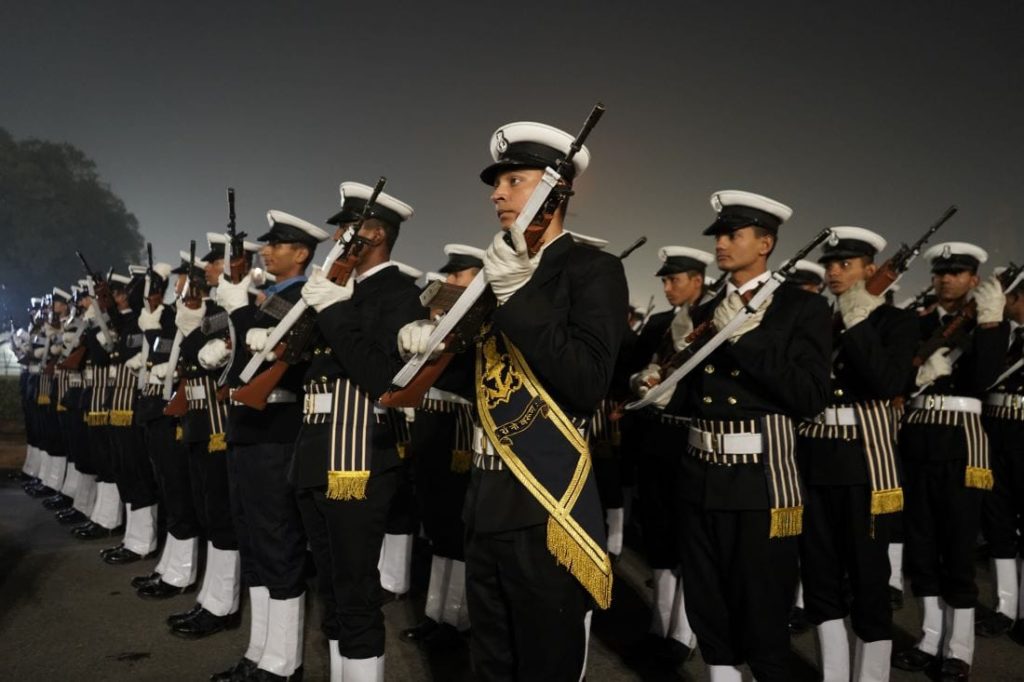
Combat Bulletproof Vests for US Marine
Bulletproof vests absorb impacts, reduce, or stop penetration of projectiles from firearms and explosion shrapnel from passing through the torso. It is an item of body armor that reduces impact and reduces or stops penetration into the torso. Vests are available in soft or hard forms. The soft type is worn by police officers, security guards, and even some private citizens. A soft vest designed to resist stabs is also available for prison guards and police officers. As a hard bulletproof vest, it is worn either with soft armor or alone by teams such as Marine officers, Hostage Rescue Teams, and special mission units. This provides protection against rifle ammunition or explosion fragments
Here are some of the best bulletproof vests for marine officers:
- The Modular Tactical Vest (MTV or MoTaV)
The United States Marine Corps adopted this ballistic vest in 2006. MTV was designed to overcome the deficiencies of Interceptor Body Armor (IBA) and selected by the Marine Corps after a thorough proposal and examination process.
- Interceptor Multi-Threat Body Armor System (IBA)
In the 2000s, the U.S. Armed Forces were using this bullet-resistant vest. However, it was relatively infrequently used in the mid-2010s. In the late 1970s, the Personnel Armor System for Ground Troops (PASGT) body armor system was designed and introduced. The IBA replaced this older design. An outer tactical vest (OTV) is the main component of the IBA system, and it can be worn with a throat protector, groin protector, and biceps protector. These three auxiliary protectors can all be detached from the main vest, which may be worn alone.
- The Advanced Combat Helmet (ACH)
Although it is not a bulletproof vest, a ballistic helmet is a key component of protection for marines. It has been used by the United States Army since the mid-2000s. This system was created by the United States Army Soldier Systems Center, Army Special Operations Command, and the U.S Army Research Laboratory. This is a derivative of the Modular Integrated Communications Helmet.
You can read all the rest of our blog posts here.